|
By Ana Elena Sastrias, Certified Olfaction Trainer and Certified Natural Perfumer Our Vision is the door to our Visual Reality. Our Sense of Smell completes that Visual Reality with the perception of Scents and Flavours, generating Memories and Emotions and Connections with other beings, including human beings. Human beings, as with some other animals including bacteria, have different perceptions of the Sense of Smell. Some animals have more complex sensory systems than others. As we evolved and became stewards of land and animals, we also developed Art, Culture and Science. We, as a species, wanted to separate from the other animals and other species, destroying that relationship we had in the beginning between animals and flora that had brought us together through the primary senses and instincts. We have also developed various lifestyles that have de-programmed our physiological priorities as a species, by alienating our Sense of Smell as almost unimportant, giving much more priority to other senses, such as Vision. Fragrances, being very ephemeral, are very quickly overwhelmed, replaced by sound and visual inputs. The sense of smell, ancestrally the First Sense, has become the last sense we use. During the last three decades, Humans have been seeking the state of wellbeing, re-educating ourselves to desire sustainability and health, developing the appreciation of natural products, while rejecting the use of synthetics. Still, a lot more needs to be done in this matter. Being aware of how our Olfactory system works can provide some insight and awareness of what to smell and how natural scent molecules can directly impact our health. In our present environment, after the Covid-19 pandemic, it seems that we have mostly lost our Olfactory sense and must re-learn to smell. Mask protection and lockouts affected our sense of perception of reality, blocking our free instinctive power to breath and lowering the capacity of the Olfactory Sense. Now that we are beginning to become free of masks, we need to re-train our sense of smell and our breathing techniques. From birth we connect with our mothers through the sense of smell. Our mothers when having us as babies, not only shared genes, but also shared phenotype features such as smells. Babies have a very fresh and well-developed sense of smell which guides them to receive messages that make them feel safe. The olfactory sense of babies is so sensitive that allows them to react to odours through motor reactions, respiratory and cardiac rhythmic changes. Babies less than two weeks old orient themselves automatically towards maternal odours. They learn to recognise their mother by her smell, which they will prefer to any other smell and will bond to it. It could be said that “newborns” see with their noses. People losing their olfactory sense, very often develop symptoms of depression and feel very isolated aside from having a great negative impact in their quality of life and a loss of their sense of safety. That is why it is so important to re-train our sense of smell through Olfaction Training, suitable for future perfumers, trained perfumers and people suffering from affected sense of smell like anosmia, hyposmia or dysosmia conditions. There is also a Health aspect associated with the correct way of using our sense of smell and our relationship with Nature. It is now paramount to protect our Natural Resources, our flora, woodlands, rivers, lakes, and oceans, as they provide us with scent molecules that can contribute positively to our health and even repair our DNA. We, as Humans, share DNA with other species. We can even repair our hormones and DNA by smelling scents from Nature, like flowers or plants, by using proper Breathing and Olfaction Techniques and using the Natural Raw Materials adequate for Natural Perfumery and Aromatherapy. The Beneficial Power of Nature Like many raw materials Opoponax, which means in Greek “heal everything,” is a resin which Dioscorides used to heal Nero in the times of The Roman Empire. This plant, native of Abyssinia, is also produced in China and sent to India which uses it for Religious purposes. The essential oil of Opoponax is obtained by distillation and it is an excellent fixative used in perfumery. Marjoram, since antiquity, has been used by Egyptians and Arabs to relieve migraine, and its scent has soothing and comforting qualities. It is generally used for calming anxiety, nervousness, migraine and insomnia and it is recommended for the people suffering from depression. Other raw materials, like Juniper, have antiseptic, depurative and diuretic properties. Geranium has anti-inflammatory properties. Eucalyptus can be used to treat fevers or as a decongestant of the respiratory tract. Cinnamon, since antiquity, is originally from Sri Lanka and can also be found in the Seychelles and Madagascar. is It is also used not just for culinary purposes, but for medicinal purposes from its stimulating, tonic properties and through improving blood circulation. Cinnamon can also be used as an antiseptic. Many of these and other natural plant raw materials have been used for a thousand years in many forms. Fumes, ointments, oils, and essential oils with purifying effects have been used for their restorative properties to our healthy electromagnetic vibration frequencies. Essential oils’ scent molecules travel to the nose receptors that detect the oil molecules with specific frequency, and then send signals of these vibrational frequencies to the brain. The intention of the healing process is to provide the correct vibrational frequency required that will bring the brain and body back to a state of coherence. This is the therapy by special vibration remedies capable of healing or rebalancing the brain’s and body’s DNA cells. That it is why is so important to smell raw materials from Nature and not from synthetic molecules, as the Natural scent molecules have all the complete vibrational frequency codes necessary to be used in healing. Synthetic scent molecules will not have the same healing power, would not be beneficial for treating health matters and, in the worst cases, may distort our hormones and DNA. The New Luxury Code
For these reasons, the International Perfume Foundation developed the “New Luxury Code” in Natural Perfumery products that allows us as perfumers to work on this goal by taking into consideration the meaning of “Luxury” as respectful, exceptional, sustainable, perfect, not necessarily expensive, smells and feels great, contributes to culture, sensitive to everyone’s culture, produces a change, makes us happy, and is eternally beautiful. The Natural Perfumery Teacher's Academy is proposing monthly online Olfaction Training Courses in French, English, Spanish, Italian, Portuguese, Chinese and Arabic languages.
2 Comments
By Creezy Courtoy, Anthropologist and Olfaction Expert OUR CHILDREN OLFACTORY SENSE The Olfactory Sense is the First Sense to Begin Development in the Fetus I have always been fascinated by olfaction, which is why I spent time studying gorillas. Like gorillas that use 100% of their olfactory sense, newborns have the same powerful sense of olfaction. Olfaction is the most powerful sense of all their senses. It is the first sense to begin development in the fetus, and arrives at maturity before all the others. Immersed in amniotic liquid, the fetus swims in a bath of emanations and swallows four to five quarts of flavored water per day. Newborns See With Their Nose The first odor discerned by newborns is the smell of their mother, and it is that smell which will determine their behavior towards others. The olfactory sense of newborns is certainly their most developed sense. It guides the child, and the messages they receive make them feel secure. Only a few days after their birth, babies begin using their noses to receive all emanations passing around them. Their smell is so sharp that they encounter all odors, even those we are no longer able to smell. Their olfactory sense is more sensitive than that of an adult. Even though they do not yet know how to express themselves verbally to communicate their senses, newborns react to odors through motor reactions of the respiratory or cardiac rhythm changes. Babies less than two weeks old orient themselves automatically towards maternal odors. They are dependent on their mother's constant attention to feel psychologically well. They will learn to recognize their mother by her smell, which they will prefer to any other smell and will bond to it; this process gives them the security they need to live. This is why we can say ”newborns see with their nose”. The First Years of a Child's Life Are Very Critical.
The olfactory sense, (and instinctive sense, considered as too animal-like), was almost entirely rejected by our society. In our present adult environment sight prevails over all other senses. Human beings have lost their olfactory sense and must learn to smell again. Olfaction is a very important sense in the harmonization of human beings because to feel good, we need all of our senses to be in balance. If the olfactory sense is not maintained, it progressively disappears sometimes completely when approaching old age. It is only lately that our society is realising how important the sense of smell is. Still, many parents and educators do not pay much attention to their own sense of smell and are not teaching their children to do so. This is why, I have put in place a Children Olfactory Preservation Program starting at 4 months, when babies start eating solid food. The first years of a child's life are very critical. Children’s sensory experiences help them build a bundle of emotions and sensations that gives them tools to grow and develop in harmony. It is necessary to help babies and young children preserve their olfactory habits. How Can We Engage Kids To Preserve Their Olfactory Instincts in This Visual And Auditory Civilization? How can we recreate olfactory education and re-develop olfactory habits? Les Ateliers des Petits Nez (Workshops for Little Noses) have been especially created to teach babies and children how to preserve the power of their olfactory sense. The International Perfume Foundation previously tested this Children Olfactory Preservation Program in nurseries and kindergartens. Today I am giving lectures on this subject, and I have created an Online MasterClass to teach young parents, grandparents, educators, nurseries, kindergartens and schools to accelerate this movement. Our children are our future, they need to feel good and to feel secured to face the challenges of this changing world. Aromatic Journal of an Olfaction Trainer by Maria Rodriguez Genna One of the exercises during Creezy Courtoy’s olfactory training course was to be fully conscious of our sense of smell and to note our progression everyday. It was an interesting experience being purposely smelling everything to train my nose.
First day: What I recognized is the smell of skin. Clean skin, dirty skin, also my little daughter received a vaccine so I smelled her arm and I noticed a change in her natural scent, not long afterwards, but it was more noticeable the next day. On the street I smelled the salty air, the fresh green aroma of the trees, the gasoline obnoxious scents from the traffic. Second day: I tried smelling ice, although it just smells like water, practically inodorous, the cool feeling has an effect on the nose. This cold scent is difficult to describe. It’s fresh, cold, sharp, almost metallic or even gassy like smelling nitrogen or helium. I didn’t go out for many days because my daughter became ill with fever for days due to the vaccine and I had to stay home to take care of her. So I did experiments with what I had around me at home, like laundry, cleaning items, medicines, etc. Third day: I did a different exercise, I used imagery to recall or remember how a scent smelled. Like the sea and the beach, or for example amber notes, how a cake would smell,etc. I also used images like paintings and tried to imagine how colors would relate to scents, for examples amber notes, the color already tells us of possibly resinous, heavy notes or even honeyed, white can be powdery, heady aromas, narcotic. So it was like trying to smell a painting. Fourth day: I tried imagining what notes would have a perfume I’d like to create, and if they would harmonize. When I imagined the notes, the scents came to mind, like a faint sketch of a drawing, with colors and scents. I would need materia prima for experimenting with these notes and to corroborate if my imagination was correct and they are harmonious or not. Fifth day: I quickly went to pick a package to the post office but with masks it’s difficult to smell much, only this cottony artificial scent it has, very unpleasant. They smell a lot like hospital sanitizer. It’s an interesting observation, how if we are very distracted with chores or if we go out but are thinking about something while we walk, we tend to lose the scents, because our attention is overpowered by thoughts and our other senses. This is something I’m trying to train myself to, because very easily my other senses overpower my nose, unless of course I close my eyes or try to consciously smell, with intention and full attention. Last day: Noses can get accustomed to some smells, that is an observation. I need to focus on something different for a few minutes, then I can revisit certain smells to be able to analyze them. My dry allergic nose doesn’t help either. So much pollen in the air, it can be smelled and it makes the throat and nose powdery and itchy. I will keep training because I’m very used to daily scents, that they disappear into the background. Usually opening a window helps, I notice it moves scents around and that makes my brain perceive them better. I’m trying to train my nose to human skin odor. Just like I can recognize my little daughter’s natural skin scent, I’m trying to consciously remember or discreetly smell people close to me,to see if I can learn their unique aroma. It would be like taking an aromatic photograph to remember them. So far, I’m being successful with people that are very close to me. The challenge is to smell different people and without them noticing -hahaha- but it’s an interesting anthropologic experiment. There’s someone I know, a really good friend, that smells incredibly good and it’s not perfume but natural scent. So all this research made by Creezy Courtoy about gorillas is starting to make sense, how they can recognize each other by scent, chose healthy future partners, etc. For someone in this field it is normal musings, but for the rest of the world it is politically incorrect so I have to be cautious if I will be training with human species. Gorillas would appreciate me getting to know them by scent much more! |
Archives
March 2024
Categories
All
|
- Home
- About
- Why choosing us
- Mission
- Academicians
- IPF Certification
-
COURSES
-
MASTER CLASSES
- Teaching Methodology
- Natural Raw Material Extraction Methods >
- Natural Candle Making
- Healing Gardening
- Sustainable Oud MasterClass
- World Perfume History Master Class
- Scent Design and Formula Building >
- Fragrant Botany & Chemistry >
- Perfume Design, Concept and Storytelling
- French Natural Aromachology #1
- French Natural Aromachology #2
- Olfaction Training for Children
- Accords - Musks
- Accords - Chypre
- Accords - White Florals 1
- Accords - Fougeres and Aromatics
- FRAGRANCE DEVELOPMENT
- SPEAKERS
- EXHIBITIONS
- Partners
- Blog
- Contact
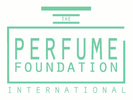
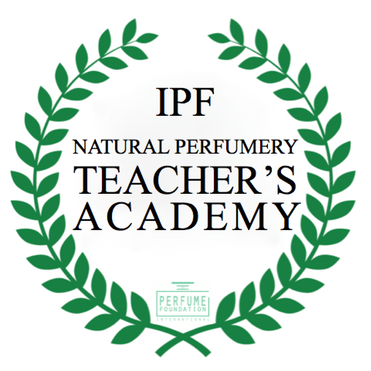
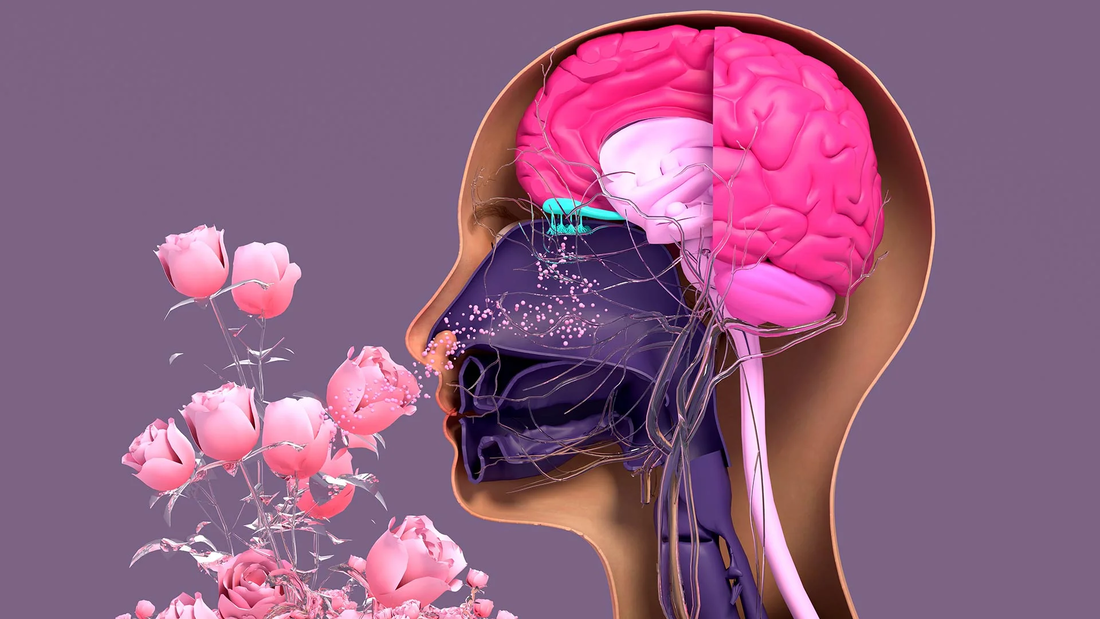

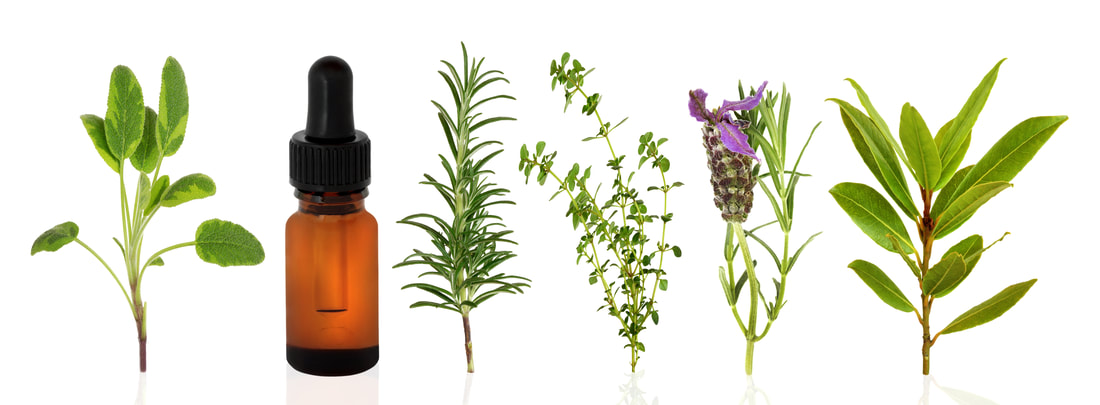

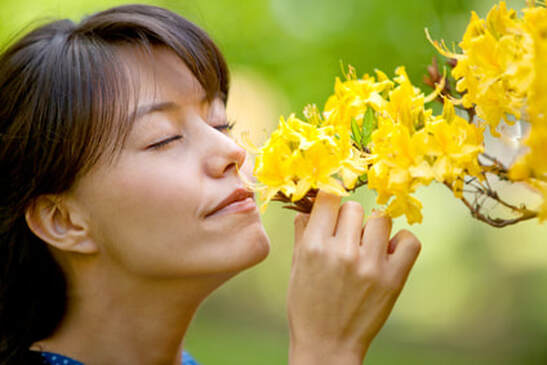


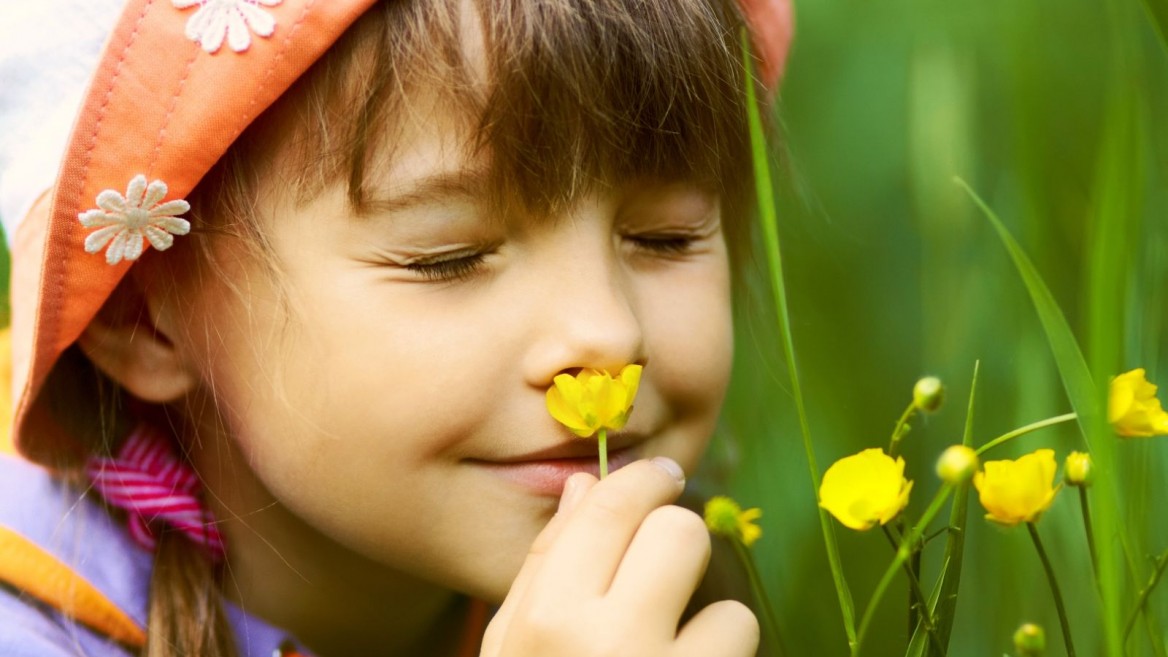

 RSS Feed
RSS Feed
